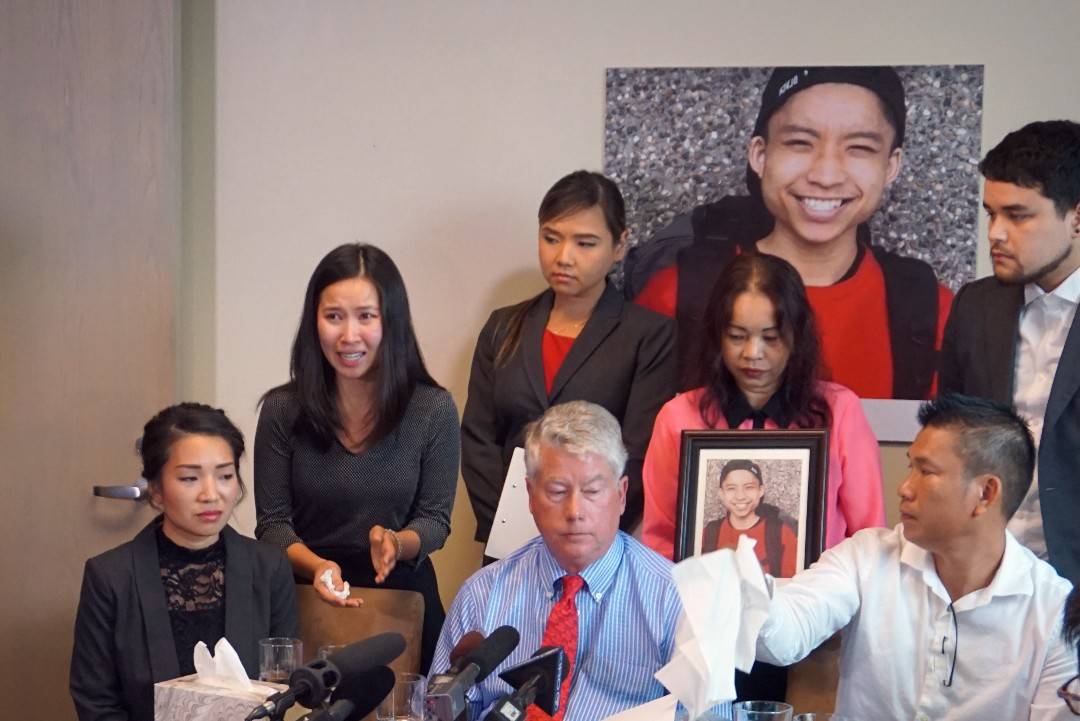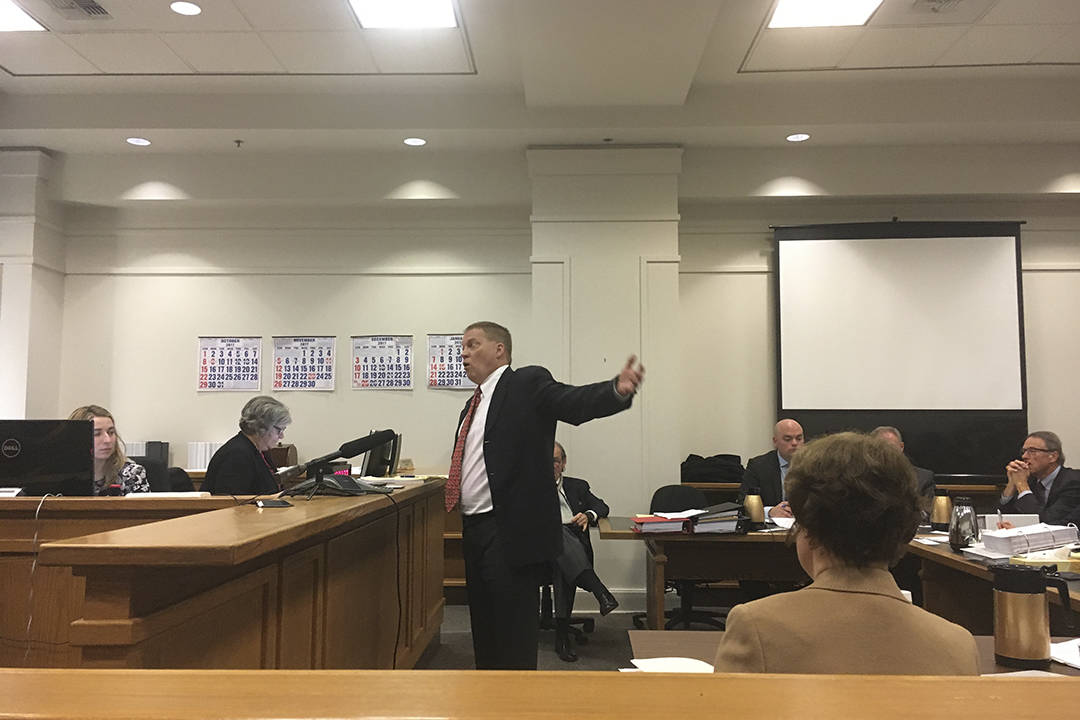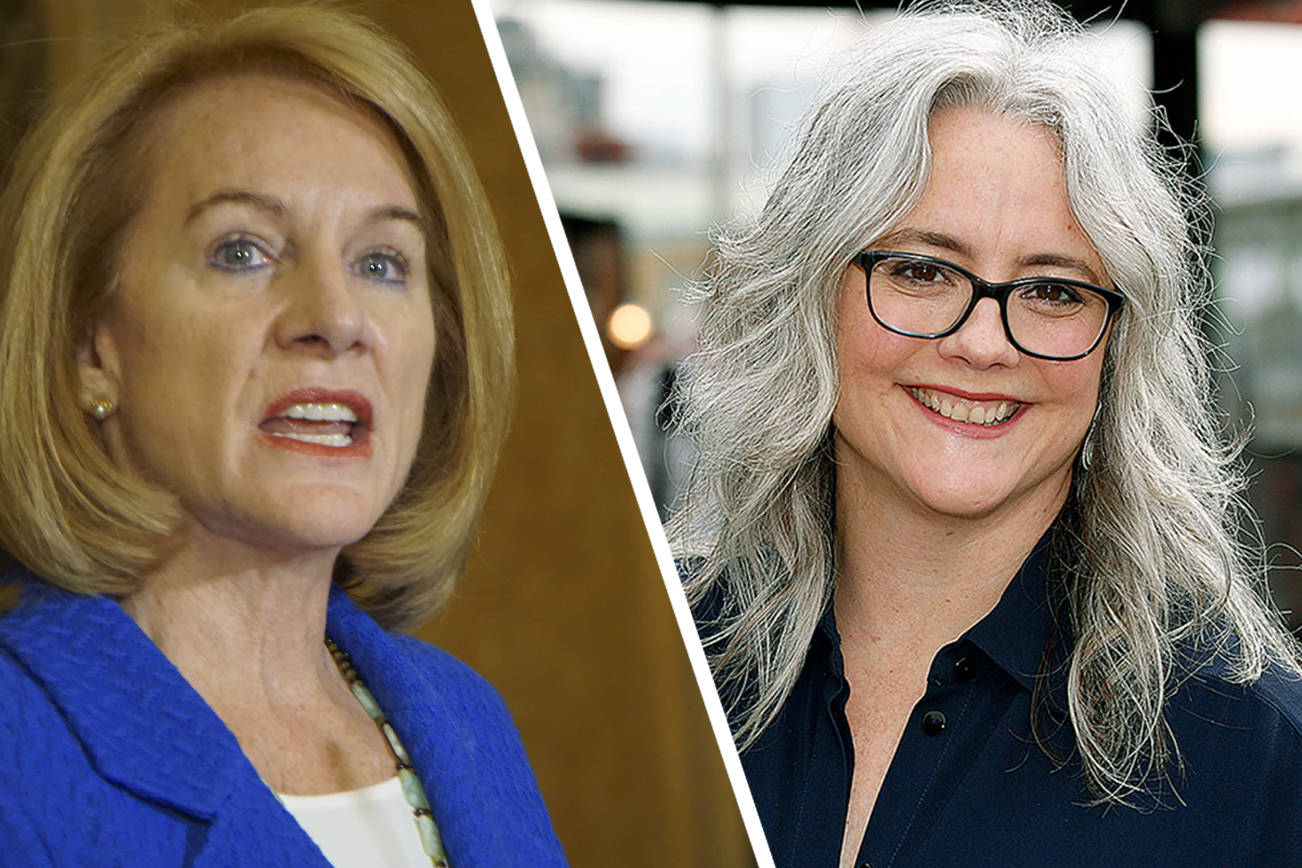Later this week, Mayor Ed Murray will present to the city council his proposed $930 million transportation levy, which would fund everything from street paving to pedestrian safety projects.
Included in the plan is $10 million for a new light-rail stop at Graham Street in Hillman City, money meant to entice Sound Transit into building the stop between Othello and Columbia City that has been indefinitely shelved by the transit authority.
The stop has been the subject of a Change.org petition—it has 1,088 signatures—and is framed by some as a tangible way to help Seattle’s poor and immigrant communities (the neighborhood around Graham Street and Martin Luther King Jr. Way is home to strong Filipino and East Asian populations). Just last week, a report out of Harvard showed that access to reliable transportation is a major indicator of poverty. So, give poor people easier access to light rail in Seattle, and help those people lift themselves out of poverty, right?
Wrong.
In a sign of just how much gentrification is on everyone’s mind in Seattle, even at a press conference called to promote Murray’s package, support for the new light rail station came with the caveat that gentrification would have to be addressed.
Rebecca Saldana, executive director of Puget Sound Sage, took to the podium in Beacon Hill to say that while racial equity groups like hers favor the new station, the city would have to take steps that were “crucial to preventing displacement that so often occurs with economic growth resulting from new transit investments.”
Which raises the question: With the city simultaneously pushing for a new light rail station in a poor neighborhood and acknowledging that such stations could displace the poor, what tools does it have to make sure that doesn’t happen?
“I don’t think we have the tools today,” said councilman Mike O’Brien, who also sits on the Sound Transit board. “If you’re asking, ‘What are you specifically going to do in the Graham Street area to prevent displacement?’ I’m not prepared to answer that question in any meaningful way.”
O’Brien and other policy makers have plenty of time to fix that—the new station is still years away from being built, if it is built at all—but it goes to show how little concern gentrification was given when the Link light rail was first put in.
“With the original light rail, the thought was, ‘We’ve just got to get this built,’” Saldana says.
O’Brien says that mindset—just get it built—still exists at Sound Transit. But it’s not a lost cause. At the urging of O’Brien, Sound Transit has incorporated “equitable transit-oriented development” into its long-term plan, a term that essentially means that Sound Transit will consider the current communities when it builds new transit. Saldana says efforts to hire neighborhood locals to work on the station and planning low-income housing units near the station could also help.
The fact that there are so-called “cultural anchors”–including a Buddhist Temple and the Seattle Filipino Community Center—around Graham Street could also help those communities keep a toe-hold in the neighborhood once the station is built.
Still, O’Brien says no hard-and-fast approach exists to prevent gentrification around transit hubs.
“If you want to find examples where (transportation) investments displace people, we have lots of those. Finding examples where that doesn’t happen is kind of few and far between,” he says.
Interestingly, perhaps ironically, O’Brien says Seattle’s relative lack of planning around the initial Link line—such as zoning for high-density development around the stations—was pretty effective in preventing large-scale gentrification.
“While displacement is happening in Southeast Seattle, it could have been worse,” he says. “That missed opportunity may have bought us more time. I don’t want to pretend it’s not already happening. But what is happening in Capitol Hill and Ballard is not happening down there.”








